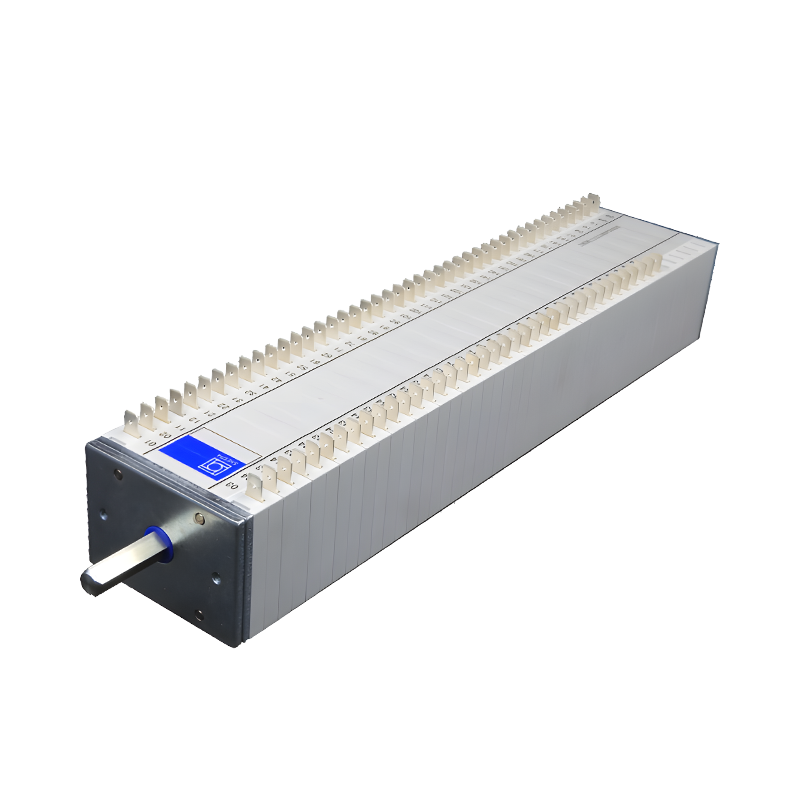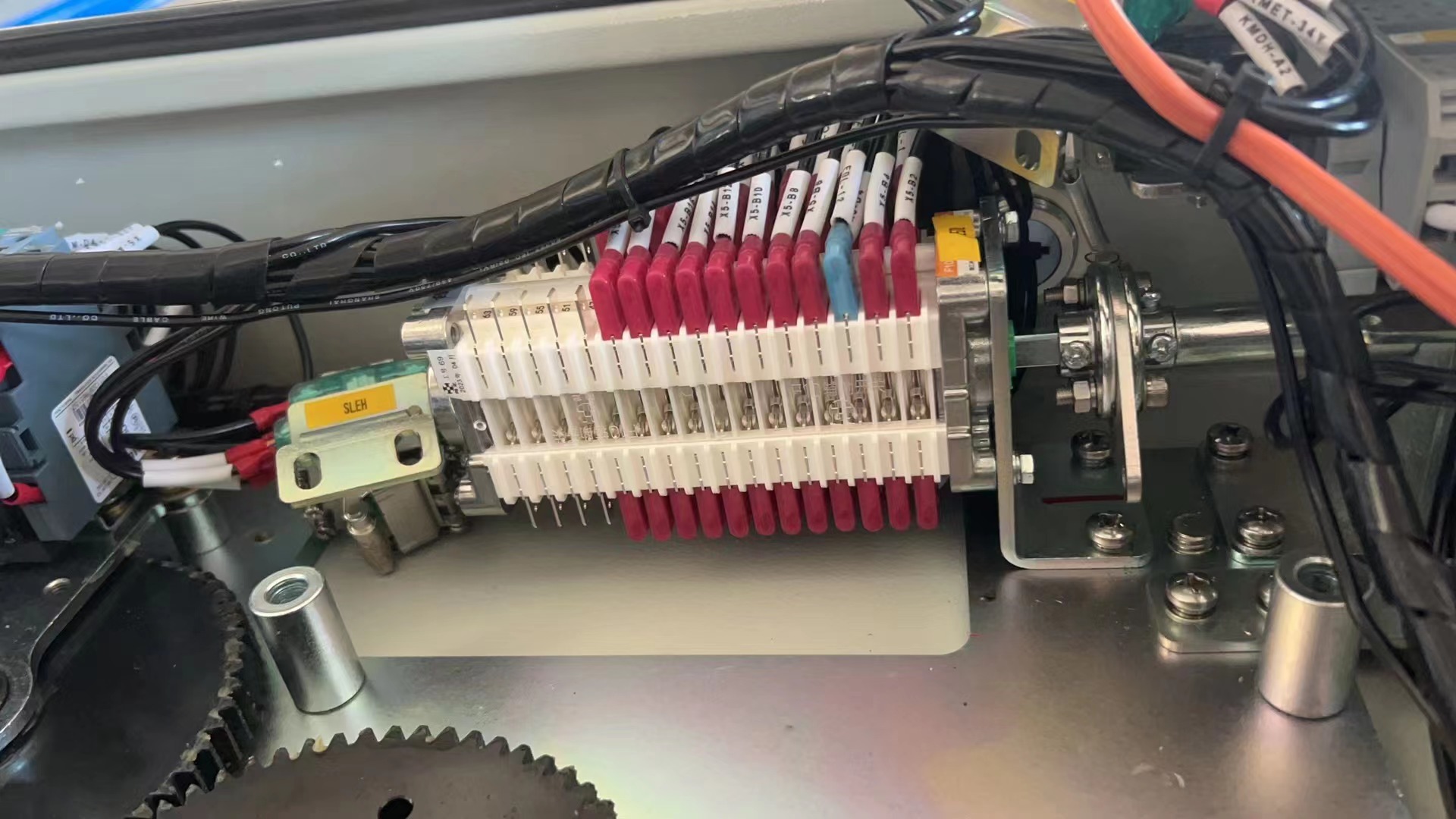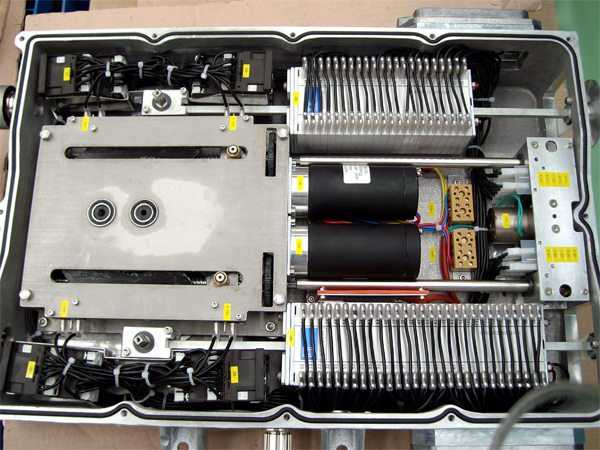

Circuit breaker auxiliary switch action principle
Release time:2024-03-26
In modern electric power systems, circuit breakers are a crucial protection device, which can quickly cut off the power supply when a circuit fault occurs, and protect electrical equipment from damage. And in this process, the circuit breaker auxiliary switch plays an indispensable role. Today, we will delve into this delicate mechanical design - the principle of action of the circuit breaker auxiliary switch, to unveil the secret of how it precisely controls the current.
First, let's define what a circuit breaker auxiliary switch is. It is an auxiliary contact used to control and monitor the operation of the circuit breaker, usually installed on the circuit breaker body and linked with the main contact. The main function of the auxiliary switch is to provide a signal to the control system to inform it of the opening and closing status of the circuit breaker, as well as the presence of faults or the need for maintenance.

So, how does the circuit breaker auxiliary switch work? We can break down its action principle into the following steps:
1. Initialization position: when the circuit is not energized, the auxiliary switch is in its initial position, usually in a state separate from the main contacts. At this point, the normally closed contact of the auxiliary switch is closed and the normally open contact is open.
2. Circuit energized: When the circuit is energized and the circuit breaker is ready to be put into operation, the main contacts close and current begins to flow through the main circuit. At the same time, the auxiliary switch is linked to the main contact through a mechanical linkage, following the action of the main contact.
3. Status feedback: As the main contact closes, the normally open contact of the auxiliary switch closes and the normally closed contact opens. This change is transmitted to the control system through the signal loop of the auxiliary switch to inform that the circuit breaker has been closed and the circuit is operating normally.

4. Fault Detection: During circuit operation, if an abnormal condition is detected, such as an overload or short circuit, the tripping mechanism of the circuit breaker will be triggered. At this point, the main contact opens quickly and cuts off the power supply. The auxiliary switch will also act accordingly and return to the initial position, i.e. the normally closed contact closes and the normally open contact opens.
5. Fault signal: The action of the auxiliary switch will immediately send a fault signal to the control system, prompting the operator to carry out inspection and maintenance. This timely feedback mechanism is essential to ensure the safety of the electrical system.
6. Reset and Re-activation: After a fault has been removed, the operator can manually or automatically reset the circuit breaker to return both its main contacts and auxiliary switches to their initial state. Subsequently, the circuit breaker can be closed again to restore power to the circuit.

Through the above steps, we can see that the principle of action of the circuit breaker's auxiliary switch is not only precise but also efficient, which ensures a quick response in critical moments to protect the electrical system from damage. This ingenious design reflects mankind's deep understanding and continuous innovation in power control technology.
In this article, we explore the principle of circuit breaker auxiliary switch operation, from its structure to its function to its vital role in the power system. By gaining a deeper understanding of this critical component, we will not only be able to better recognize the safety of the power system, but also be able to give due respect and appreciation to the technology that guards our safety day and night. Circuit breaker auxiliary switch, although inconspicuous, but as a silent guardian, guarding our electrical world, to ensure that our life and work can be carried out smoothly.
First, let's define what a circuit breaker auxiliary switch is. It is an auxiliary contact used to control and monitor the operation of the circuit breaker, usually installed on the circuit breaker body and linked with the main contact. The main function of the auxiliary switch is to provide a signal to the control system to inform it of the opening and closing status of the circuit breaker, as well as the presence of faults or the need for maintenance.

So, how does the circuit breaker auxiliary switch work? We can break down its action principle into the following steps:
1. Initialization position: when the circuit is not energized, the auxiliary switch is in its initial position, usually in a state separate from the main contacts. At this point, the normally closed contact of the auxiliary switch is closed and the normally open contact is open.
2. Circuit energized: When the circuit is energized and the circuit breaker is ready to be put into operation, the main contacts close and current begins to flow through the main circuit. At the same time, the auxiliary switch is linked to the main contact through a mechanical linkage, following the action of the main contact.
3. Status feedback: As the main contact closes, the normally open contact of the auxiliary switch closes and the normally closed contact opens. This change is transmitted to the control system through the signal loop of the auxiliary switch to inform that the circuit breaker has been closed and the circuit is operating normally.

4. Fault Detection: During circuit operation, if an abnormal condition is detected, such as an overload or short circuit, the tripping mechanism of the circuit breaker will be triggered. At this point, the main contact opens quickly and cuts off the power supply. The auxiliary switch will also act accordingly and return to the initial position, i.e. the normally closed contact closes and the normally open contact opens.
5. Fault signal: The action of the auxiliary switch will immediately send a fault signal to the control system, prompting the operator to carry out inspection and maintenance. This timely feedback mechanism is essential to ensure the safety of the electrical system.
6. Reset and Re-activation: After a fault has been removed, the operator can manually or automatically reset the circuit breaker to return both its main contacts and auxiliary switches to their initial state. Subsequently, the circuit breaker can be closed again to restore power to the circuit.

Through the above steps, we can see that the principle of action of the circuit breaker's auxiliary switch is not only precise but also efficient, which ensures a quick response in critical moments to protect the electrical system from damage. This ingenious design reflects mankind's deep understanding and continuous innovation in power control technology.
In this article, we explore the principle of circuit breaker auxiliary switch operation, from its structure to its function to its vital role in the power system. By gaining a deeper understanding of this critical component, we will not only be able to better recognize the safety of the power system, but also be able to give due respect and appreciation to the technology that guards our safety day and night. Circuit breaker auxiliary switch, although inconspicuous, but as a silent guardian, guarding our electrical world, to ensure that our life and work can be carried out smoothly.
